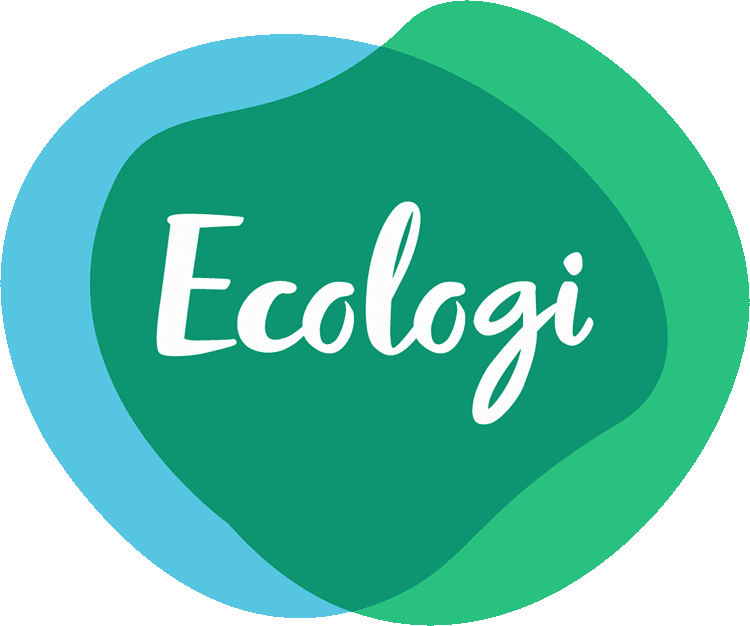Improving the Recruitment of NEET (Not in Education) Young People
Hiring NEET (Not in Education)Young People - Career Tips from Includability Ambassador, Wali Rahman

Supporting Not in Education (NEET) young people into work

Hiring NEET (Not in Education)Young People - Career Tips from Includability Ambassador, Wali Rahman
NEET stands for Not in Education, Employment or Training. This most commonly refers to a young person who has left full time education and is looking for work but has been so far unsuccessful.
NEET candidates will bring many skills to your workplace with their understanding of technology and the social media landscape that other employees may not have sufficient knowledge of.
Supporting NEET young people into work
You can work with your local council and organisations like the Prince’s Trust who can act as a link with young people who may lack confidence and need extra support.
You can offer “tasters” of roles, in order to help NEET young people transition smoothly into the work of work. Let them start with a visit for a day, then a work experience placement for a week, and then take a step towards employment. Some employers work with so-called ‘starter’s contracts’, so young people can get used to the job, but employers can still end the employment if the collaboration does not go well.
Funding incentives to build sustainable pathways into employment
There are lots of funding incentives available to build sustainable pathways into employment and ongoing training and development for young people entering your workforce. These include Kickstart, apprenticeships, traineeships and T levels.
Reaching NEET young people
Link with education providers, JobCentre Plus, charities, and local community groups to showcase job roles and work experience opportunities to NEET young people.
Use social media and online job sites. Videos are also a fantastic way to engage with young people but bear in mind that not everyone has internet access due to digital poverty.
Attend careers evenings at schools and share the types of roles available in your organisation and how young people can apply for them. Consider advertising in colleges, leisure centres, bus stops and other relevant places and events such as music festivals.
Communication with you people not in education
Ensure your information is accessible to young people with learning disabilities and use easy read formats to ensure your written information is simple and easy to understand.
Steer clear of lengthy documents and avoid using jargon. Help keep the audience engaged but not overloaded.
Be transparent and clear about what the role involves, and include key information such as shift patterns, working hours and breaks.
Interviewing young people not in education
For young people new to the world of work, a formal interview situation can be intimidating and off putting. Therefore, consider using Zoom or Microsoft Teams as an alternative to a traditional face-to-face interview. Ask if the candidate requires any equipment or needs reasonable adjustments making prior to interview.
Consider financial obstacles such as bus fares to interviews and appropriate clothing or shoes to wear for interviews. The Prince’s Trust Development Awards can support young people with these costs.
Tailor your interview questions to see past any lack of work experience and encourage them to draw on experiences from their home, school or social life. Group activities can also be a good way to assess for values and behaviours rather than skills.
Sharing the interview questions with the candidate beforehand can support those with anxiety, disabilities or neurodiversity such as those with autism.
Once the young person starts work, ensure there is ongoing training (including in generic life skills) and support for them (including coaching, buddying or mentoring).
Related resources & events
Get all the latest, news, articles and guides to your inbox
Signing up for the Includability newsletter can be the first step to creating a more complete society. Periodically we will send our latest articles, events & guides from some of the most respected voices in the industry. We run a no-spam policy so you won't get 100's of unwanted messages from us.




.png)










